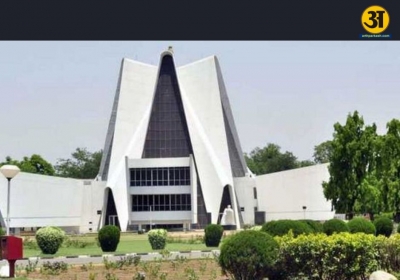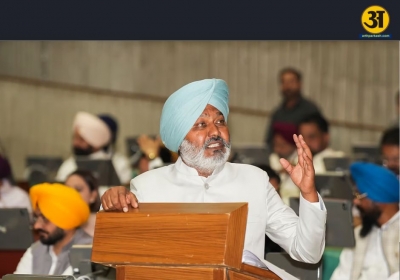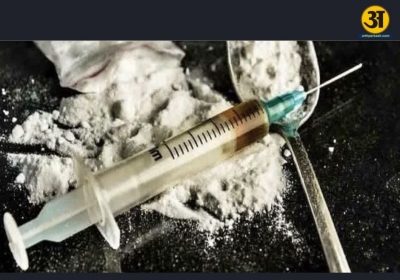
India's gas demand could double by 2030: PNGRB chief
India's natural gas demand may double by 2030, says PNGRB chairperson Anil Kumar Jain
India's natural gas consumption is expected to grow significantly in the coming years. Anil Kumar Jain, the chairperson of the Petroleum and Natural Gas Regulatory Board (PNGRB), recently spoke about the country's increasing demand for natural gas. He highlighted that if progress continues at the current pace and supportive policies remain in place, India could see its natural gas demand nearly double by 2030.
Growth of the city gas distribution network
Jain made these remarks during the second PNGRB National Conclave on natural gas and petroleum products infrastructure, held in Gandhinagar. He pointed out that the City Gas Distribution (CGD) network will play a major role in this growth.
At present, India consumes around 190 million metric standard cubic meters per day (MMSCMD) of natural gas. Based on current trends, this is projected to increase to 297 MMSCMD by 2030. However, if favorable conditions continue, demand could rise even further, reaching 365 MMSCMD.
To meet this rising demand, PNGRB has been granting licenses through a bidding process to expand the CGD network. The goal is to set up 17,000 compressed natural gas (CNG) stations and provide 12 crore households with pipeline connections by 2030. Expanding the pipeline infrastructure is a key focus for the regulatory body.
The PNGRB plays a crucial role in regulating the refining, processing, storage, transportation, distribution, marketing, and sale of petroleum and natural gas in India. According to Jain, approximately 10,000 kilometers of natural gas pipelines have been approved for development across the country. This expansion requires an investment of ₹40,000-50,000 crore over the next three to five years. Additionally, ₹30,000 crore has been allocated to city gas distribution infrastructure, with ₹400 crore designated for each district.
Despite this growth, the sector faces some challenges. Jain acknowledged that gas prices are beyond the control of PNGRB. Another difficulty is that natural gas is not included under the Goods and Services Tax (GST) system, which creates tax-related complications. He urged state governments to consider reducing taxes on natural gas, as it is a cleaner and more environmentally friendly fuel option.
ALSO READ: Stock market surges as bank stocks lead the rally after proposed strike is called off
ALSO READ: AI will surpass humans in coding this year, but jobs not at risk: Openai CPO Kevin Weil
Over the past few years, the natural gas sector has expanded steadily. The city gas distribution network has grown at a compound annual growth rate (CAGR) of 12% between 2015-16 and 2023-24. The industrial sector's use of natural gas has also increased by 12.7% during this period.
The CGD network bidding process is focused on three key targets: setting up more CNG stations, connecting more households to domestic gas pipelines, and expanding the total length of gas pipelines in cities and districts. Companies that won bids in 2023 have been given seven years to achieve these targets.
However, infrastructure costs remain a major challenge. In some areas, pipeline connection costs can be as high as ₹32,000 per household. Additionally, India imports almost half of its natural gas as liquefied natural gas (LNG), which follows global pricing rules.
Jain emphasized the need for a change in how people view pipeline infrastructure. Instead of seeing it as a cost burden, it should be regarded as an investment that will bring long-term benefits. He also noted that India has demonstrated its ability to build world-class oil, gas, and petroleum infrastructure while keeping sustainability in mind.





